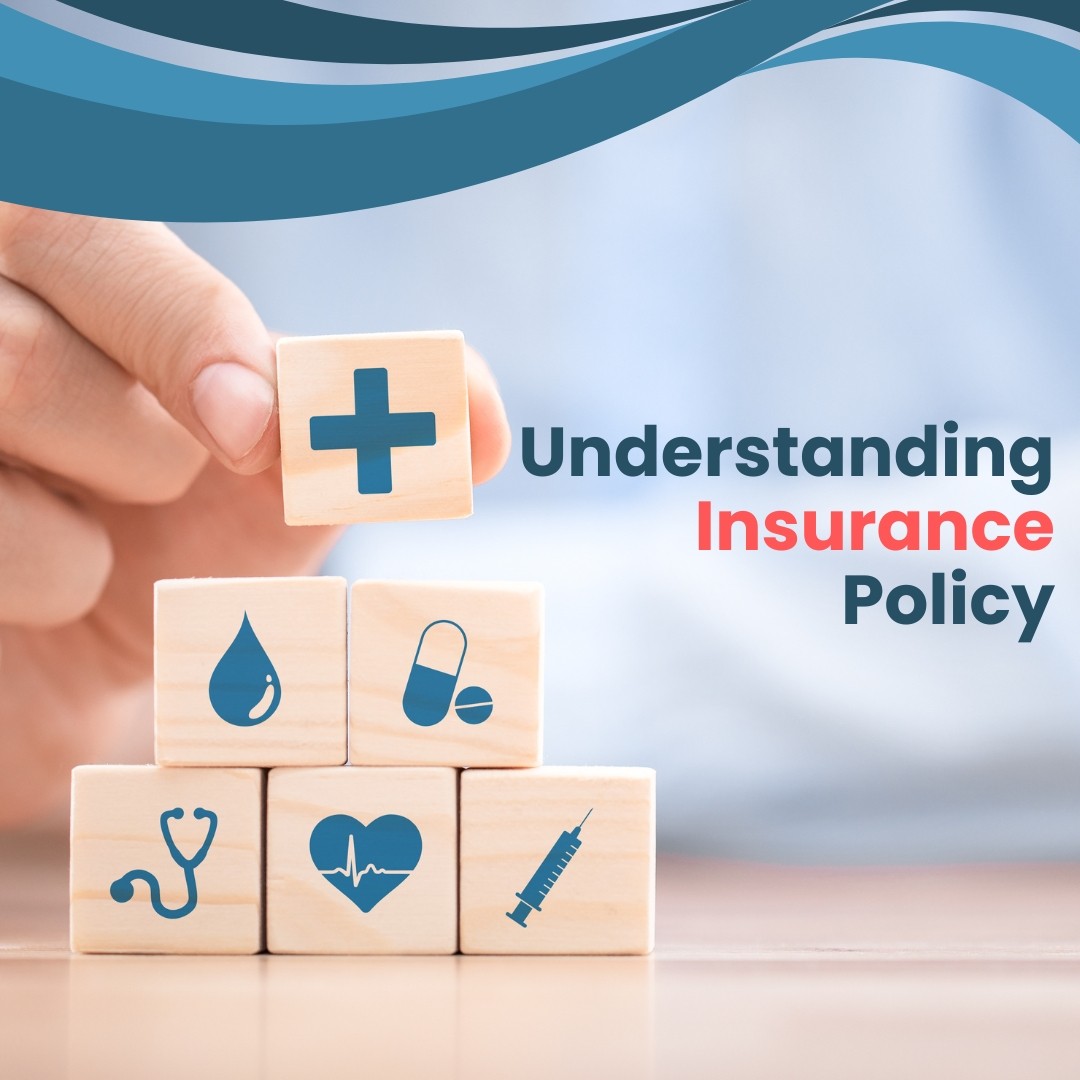An insurance policy is a legal contract between the insurer and the insured, whether an individual, business, or entity. Reviewing your policy ensures it meets your needs and clarifies your responsibilities and those of the insurance company in case of a loss. Many policyholders buy insurance without fully understanding the coverage, exclusions, or conditions required for claims. The SCDOI urges consumers to read and understand their entire policy to prevent issues or disputes with their insurer when a loss occurs.
Fundamentals of an Insurance Agreement
An insurance contract consists of four main parts:
- Declaration Page
- Insuring Agreement
- Exclusions
- Conditions
Understanding multi-peril policies is crucial, as each type of coverage—such as collision, medical payments, and liability—may have specific exclusions and conditions. Be sure to read the terms that apply to your specific loss.
- Declaration Page: The first section of an insurance policy is usually the Declarations Page. It details the insured party, the covered risks or property, policy limits, and the policy period (the duration the policy remains active).
For example, in an automobile policy, the Declarations Page lists the covered vehicle’s details (such as make, model, and VIN), the insured person’s name, the premium amount, and the deductible—the amount you must pay before the insurer covers a claim.
Similarly, the Declarations Page of a life insurance policy includes the insured person’s name and the policy’s face amount.
- Insuring Agreement: The Insuring Agreement summarizes the insurer’s key commitments and specifies what the policy covers. In this section, the insurer promises to cover losses from specified perils, provide certain services, or defend the insured in a liability lawsuit. There are two primary types of insuring agreements:
- Named-perils coverage covers only the specific risks listed in the policy. If a peril is not mentioned, the policy does not cover it.
- All-risk coverage protects against all losses except those specifically excluded. If a loss is not listed as an exclusion, the policy covers it. Life insurance policies typically follow this all-risk model.
- Exclusions: Exclusions limit the coverage provided in the Insuring Agreement. The three main types of exclusions are:
- Perils or causes of loss that are excluded
- Losses that are excluded
- Property that is excluded
Homeowners policies typically exclude perils like floods, earthquakes, and nuclear radiation. Auto policies often exclude losses from wear and tear. Homeowners policies also exclude certain personal property, such as automobiles, pets, and airplanes.
Policy Conditions
Policy conditions set limitations or qualifications on the insurer’s promise to pay or provide services. The insurer can deny your claim if you don’t meet these conditions. Common conditions include filing a proof of loss, protecting property after a loss, and cooperating with the insurer during investigations or liability defense.
Policy Definitions
Most policies include a Definitions section that explains specific terms used in the policy. This section may stand alone or be part of another section. Reading it is essential to understanding the policy’s terms.
Policy Endorsements and Riders
At the time of renewal, an insurer may modify the language or coverage of a policy. Endorsements and Riders are written provisions that add, remove, or change terms in the original contract. In most states, insurers must send you a copy of these changes. Reading all Endorsements or Riders is essential to understanding how your policy has changed and whether it still meets your needs.
Conclusion
Understanding your insurance policy is essential to ensuring it meets your needs and provides the right coverage. From the Declarations Page to Exclusions, Conditions, and Endorsements, each section plays a crucial role in defining your rights and responsibilities. Reading and reviewing your policy carefully can help prevent misunderstandings, unexpected gaps in coverage, and disputes with your insurer. By staying informed and consulting your insurance provider or wealth planner when needed, you can make better decisions to protect yourself, your loved ones, and your assets.

